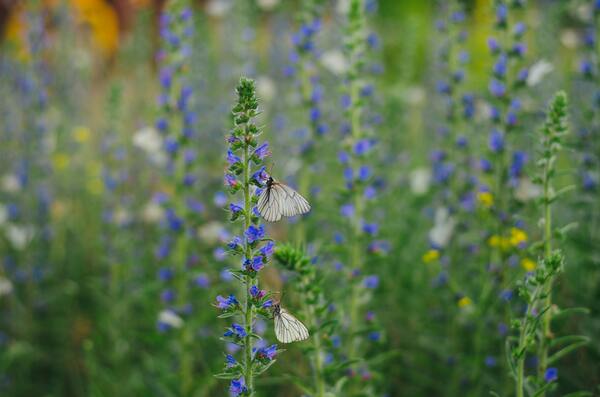Using DNA Barcodes to Evaluate Ecosystem Health in the SWRCMS Reserve
(1) Western Center Academy, Hemet, California, (2) University of California Riverside, Riverside, California, (3) Mt. San Jacinto Community College, San Jacinto, California
https://doi.org/10.59720/17-005
The Western Center Academy (WCA) Charter School and Mt. San Jacinto College (MSJC) are located on the Southwestern Riverside County Multi-Species Reserve (SWRCMSR). Developed in 1992, the reserve is home to at least 8 sensitive bird, animal, and plant species. Although the reserve is protected against direct human influence, within a 100-mile circle of SWRCMSR live more than 21 million people with their indirect impact on the environment. Our goal was to determine if the reserve is protecting the species within by analyzing the genetics of those species to determine if there is a healthy amount of genetic diversity in the populations within. We collected insects at MSJC Menifee campus and in the SWRCMSR to evaluate how human impact affects the genetic diversity of insects. MSJC served as the site that was impacted by human activities and SWRCMSR served as the site that was not impacted by human activities. The School Malaise Trap Project (SMTP) selected 160 of our specimens, sequenced their genetic barcodes, and entered the data into the Barcode of Life Database (BOLD) for analysis. Using the BOLD website and a Clustal Omega tool, we compared the genetic sequences in the insects we collected to measure genetic differences in the two populations of insects. The results from the two collections seem to show that the nature reserve insect population is a younger population with genetic changes possibly acquired by gene flow from immigration. The insect population at MSJC appears to be well developed, but isolated genetically.
This article has been tagged with: